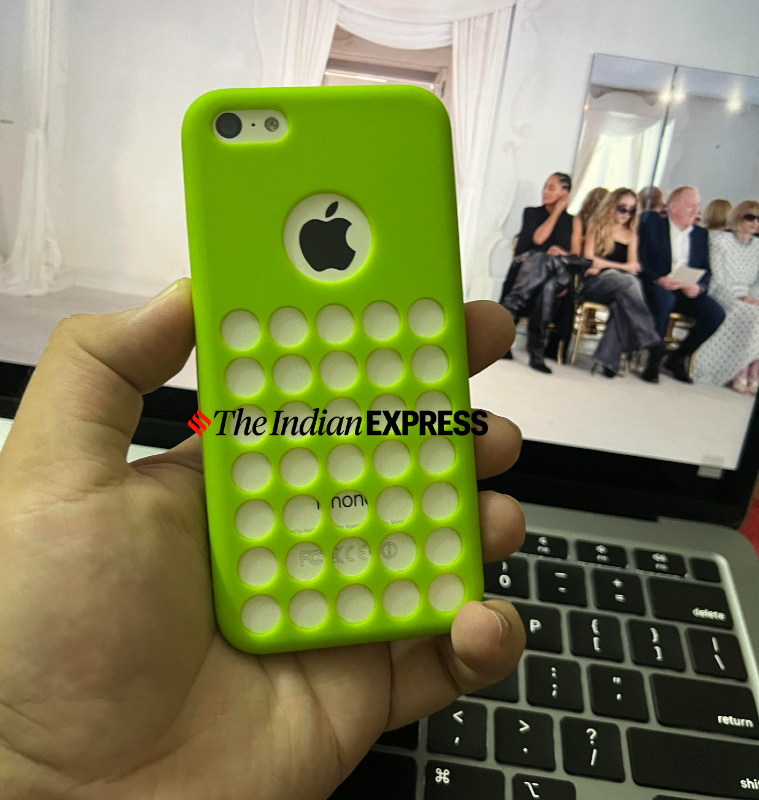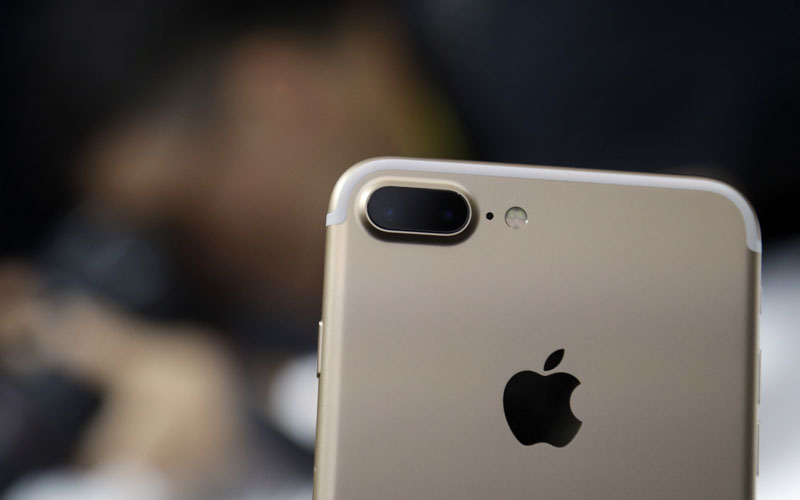For millions of people across the world, the smartphone is the only camera they own. Given its dominance in the segment, this has made the iPhone the most popular consumer camera over the years. The iPhone is versatile, fits in the pocket, and shoots professional-grade videos that previously required an expensive camera. Now they are also devices that take advantage of “computational photography”, thus helping the iPhone to take stunning photos, especially during low light. As Cupertino launches the new iPhone 14 lineup next week, we take a look at the evolution of iPhone cameras over the years.
iPhone 2G (2007)
Steve Jobs introduced the iPhone on stage in 2007 and it not only changed the smartphone market forever but also simplified what a modern phone camera should look like. Before the iPhone, photography was a hobby. It was Apple and the iPhone that put cameras in everybody’s pocket. The iPhone’s 2-megapixel camera was basic, had no zoom, flash or editing feature built in. Maybe many of you laugh at the photographs taken with the original iPhone but that one device made photography accessible to millions.
iPhone 3G (2008)
Next year Apple launched the iPhone 3G, an improved version of the iPhone 2G that debuted in 2007. However, Apple didn’t make changes to the camera hardware. The 2-megapixels camera still lacked auto-focus capabilities, and suffered in dim light. But Apple added something called geotagging, a brand new feature that allows users to geotag their photos with information about where they were taken.
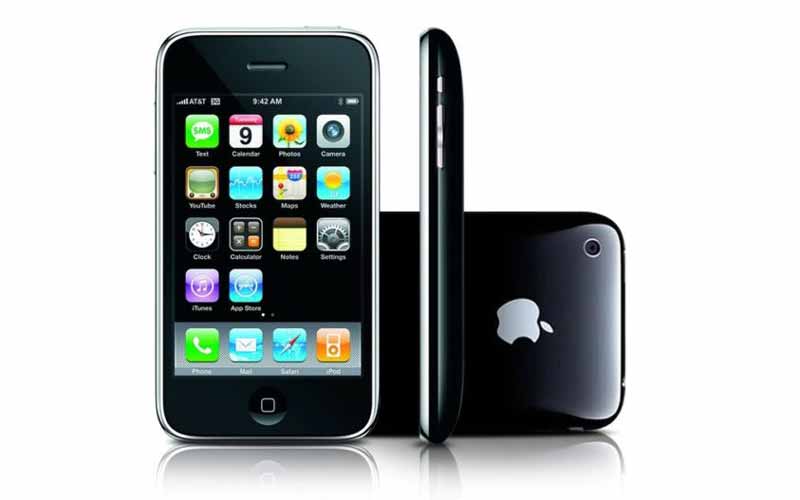
iPhone 3GS (2009)
The debut of the iPhone 3GS fixed many things that users complained about from the beginning. The iPhone 3GS had a 3-megapixel camera with auto-focus and auto-white balance, though it still lacked a flash. Auto-focus was a highly-requested feature by users. The iPhone 3GS also came with a new “tap to focus” feature, which lets you decide which part of the image to focus on. This model was also the first iPhone to offer video recording, another feature other phones have offered for years. Overall, the iPhone 3GS’ photo quality was a step up from previous generation iPhones.
iPhone 4 (2010)
Then came the iPhone 4, a sought-after smartphone that established Apple as the bonafide star in the smartphone market. Not only was the iPhone 4 praised for its design and build quality, but its camera made many ditch their compact point-and-shoots for the first time. This was the first iPhone to feature a 5-megapixel back camera and a front-facing camera for FaceTime and selfies. Its rear camera was also capable of shooting and editing high-definition video. The earlier iPhone’s 3-megapixels cameras had passable photographic capabilities, but the bump to 5-megapixels and the inclusion of flash made the iPhone 4 look like a “real” camera.
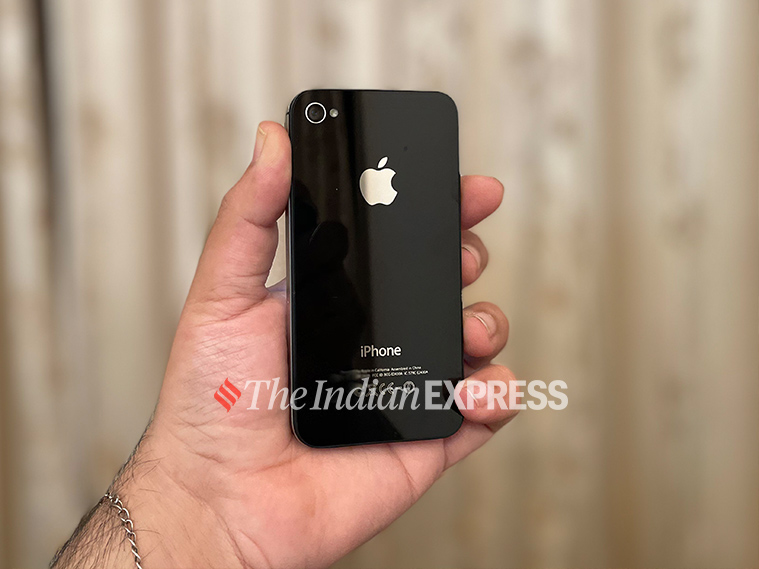
iPhone 4s (2011)
With the iPhone 4s, Apple continued its ambitions to turn the iPhone camera into a legit point-and-shoot camera replacement. The iPhone 4s was equipped with an 8-megapixel sensor, added a fifth lens element, increased the aperture to f/2.4, and the A5 chip inside had an Apple-designed ISP (Image Signal Processor), which allowed for features like face detection and the ability to capture photos at faster speeds. The iPhone 4s took favourable shots in broad daylight; delivering warmer colours and was better at preserving details. But the real story was night photos that were sharper and noise-free and something that helped change the perception of a smartphone camera. The iPhone 4S also captured full 1080p content, and the addition of image stabilization showed where the smartphone camera was headed into.
iPhone 5 (2012)
Compared to the iPhone 4S’ camera, the iPhone 5 was not hugely different. It still had an 8-megapixel, backside-illuminated sensor with a five-element, f/2.4 lens. Undoubtedly, the iPhone 5S camera was fast. Photos had more contrast and appeared sharper most of it with the way the device handled noise reduction. The phone also gained a 1.2-megapixel FaceTime HD unit capable of capturing 720p videos.
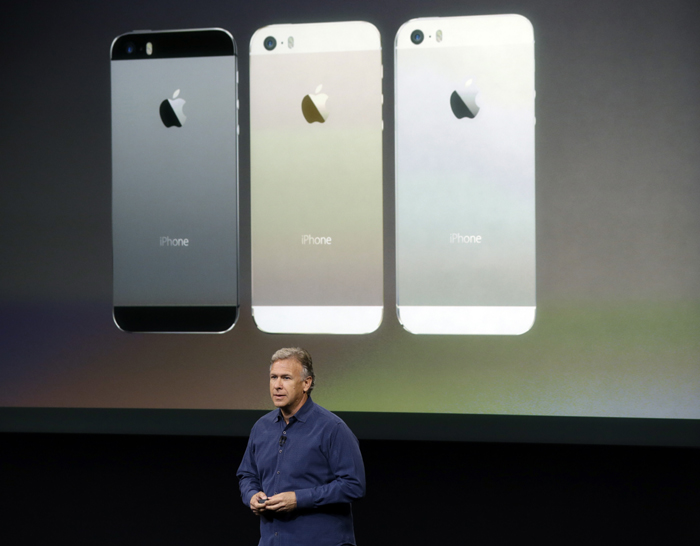
iPhone 5s (2013)
The camera on the iPhone 5s was drastically improved, another sign that Apple was serious about making the iPhone the default camera for the masses. It had the same 8-megapixel resolution, but it also had larger pixels 1.5µ in size. The new iPhone 5s camera also featured a lower f/2.2 aperture. A new f/2.2 aperture alongside larger pixels delivered better low-light performance. It was also the time when the camera megapixel war was at its peak and the competition was cramming higher megapixels to market their smartphones. Apple stayed away from the rat race and instead focused on improving picture quality. The iPhone 5s was leaps and bounds better than any previous generation iPhone camera. One of the biggest strengths of the iPhone 5s was its A-series chip and the Image Signal Processor (ISP). The ISP gave the iPhone 5s a bunch of new camera tricks that were also the beginning of the rise of “computational photography”, a term that describes the use of software to digitally enhance photographs.
iPhone 5c (2013)
The iPhone 5c wasn’t a flagship smartphone, and despite that, it offered a good camera experience. It had the same rear-facing 8-megapixel camera that was in the iPhone 5. The front-facing camera on the other hand was identical to the iPhone 5s. But it’s the software where the iPhone 5c got some serious camera improvements. The camera app in iOS 7 offered features like a built-in filter, and there’s improved face detection, which could capture up to 10 individual faces even during 1080p video recording. The iPhone 5c, despite being a pared-down version of the iPhone 5S, proved Apple was out to make a budget smartphone with a superior camera experience and it succeeded.
iPhone 6 and iPhone 6 Plus (2014)
Apple launched the iPhone 6 and iPhone 6 Plus in 2014. The latter was Apple’s first entry into a “phablet” or big-screen smartphone category. The two phone strategy — one standard model and the other larger-screen size gave Apple scope to start differentiating based on the camera experience. The iPhone 6 Plus had a more advanced camera with optical image stabilisation to help users take better pictures.
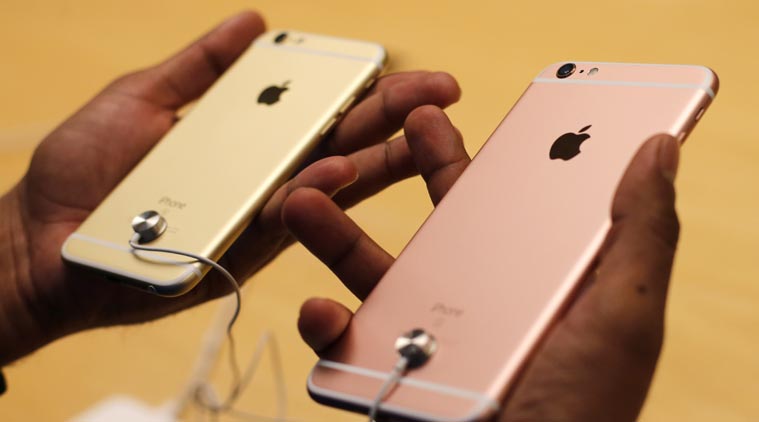
iPhone 6s and iPhone 6s Plus (2015)
The iPhone 6s and iPhone 6s Plus were introduced in 2015. Both phones featured a 12-megapixel sensor on the back, but like their predecessors. While the 6s didn’t get Optical Image Stabilisation (OIS) the bigger 6s Plus had this feature. That being said, the picture quality you get with the 6s and 6s Plus was on a similar level. Where the 6s Plus trumped the 6s was when capturing videos and that’s where OIS felt significant. With the 6s and 6s Plus, Apple also introduced a brand new feature called “Live Photos” where the camera app captures a few seconds of video when you’re taking a photo on your iPhone.
iPhone SE (2016)
In 2016, Apple released the iPhone SE, a new iPhone that had the guts of the iPhone 6s and put it inside the body of the iPhone 5s. The iPhone SE came with a 12-megapixel camera with the ability to shoot 4K videos. The photos captured using the iPhone SE weren’t different from what you get on the iPhone 6s. And that was the selling point of the iPhone SE besides the compact design and lower price.
iPhone 7 and iPhone 7 Plus (2016)
Apple’s next-generation iPhone 7 and iPhone 7 Plus smartphones focused on photography. The bigger iPhone 7 Plus had an advanced dual-camera system, each featuring a different lens, one of which was wide-angle, and one which was twice the focal length, that delivered true 2x optical zoom and a cool bokeh portrait mode. The iPhone 7 Plus got rave reviews from critics, with many calling Apple’s flagship phone the best camera smartphone of that year.
iPhone 8 and iPhone 8 Plus (2017)
The iPhone 8 and 8 Plus landed in 2017. Both phones had a new 12-megapixel sensor, faster autofocus, and new hardware to reduce noise in images. Like the iPhone 7 series, the iPhone 8 Plus got more camera features, including Portrait Lighting mode, which mimics professional lighting effects.
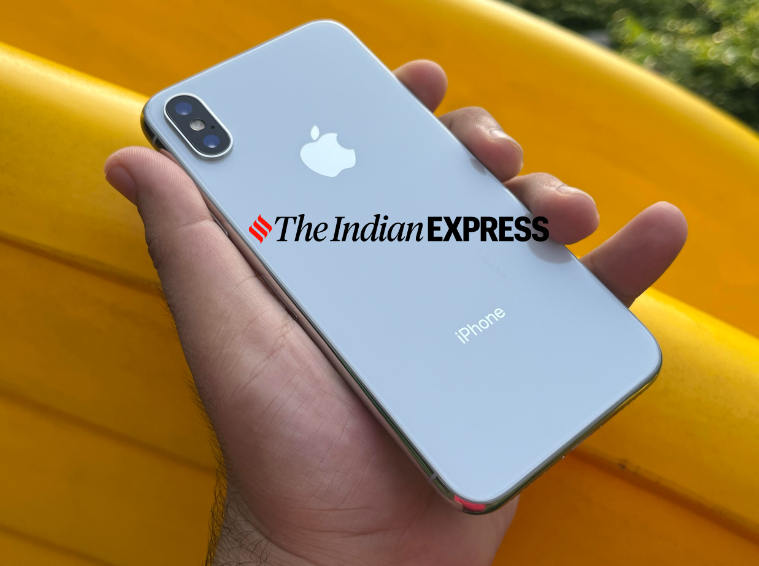
iPhone X (2017)
Starting with the iPhone X, it started to become clear that the image signal processor (ISP) is core to the smartphone camera experience. The iPhone X had two cameras on the back—one wide angle and one telephoto—both featuring OIS. This meant less camera shake and better low light performance as well. The pictures coming out of the iPhone X were shockingly brilliant, and the AI algorithms played an important role in fine-tuning the results. No matter how you would like to pit an iPhone with a Samsung Galaxy or Google Pixel smartphone, Apple still does a better job of capturing natural colours.
iPhone XS and XS Plus (2018)
Unlike previous years when the larger “Plus” models had additional camera features compared to the smaller models, the cameras present in the XS and XS Max were identical. The rear camera system consisted of two distinct cameras: wide-angle and telephoto. Apple said it upgraded the camera sensor that’s over 30 per cent larger, which meant it let in more light. Apple also upgraded the image signal processor in the A12, and that helped improve the picture quality. HDR photos snapped twice as fast, and most of the improvements were seen in low-light photographs.

iPhone XR (2018)
The iPhone XR was a more economical iPhone, thus the camera got no significant upgrade. Still, despite a single rear camera, the iPhone XR was able to capture portrait shots. The iPhone XR was received well in markets like India due to its affordable price.
iPhone 11, iPhone 11 Pro and 11 Pro Max (2019)
Many thought the iPhone X was a prosumer product and would remain one of its kind product. But Cupertino proved everyone wrong when it released the iPhone 11 Pro and 11 Pro Max, the first iPhone with the ‘Pro’ branding. This was also when Apple started separating the Pro lineup from the standard iPhone 11 models. The camera, obviously, was one big differentiator between the phones. The 11 Pro and Pro Max got three cameras on board, including a new ultra-wide lens. A combination of hardware and computational photography was on full display, along with the simple interface that made the iPhone 11 Pro the best smartphone camera system on the market. The quality of pictures taken on the iPhone 11 Pro appeared as if they came out of high-end cameras. Also, for the first time apps were able to record video using all the cameras at the same time.
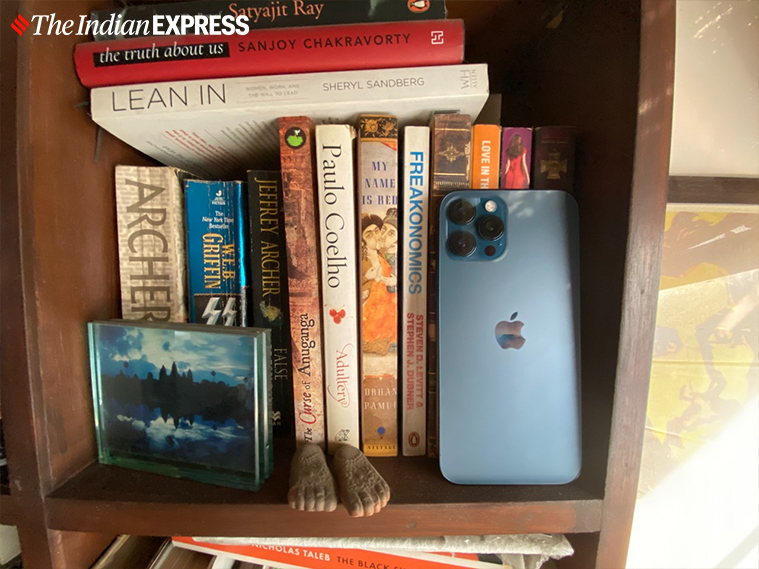
iPhone 12, iPhone 12 mini, iPhone 12 Pro and iPhone 12 Pro Max (2020)
The iPhone 11 Pros were shockingly good in the camera department, and the iPhone 12 Pros proved Apple’s focus on pro-grade mobile photography was working. In total, there were four flagships in the line: 12, 12 Mini, Pro, and Pro Max. All of the models came with ultra-wide-angle and wide-angle lenses. The iPhone 12 Pros got extra features, including an additional telephoto lens and Lidar sensor for better depth sensing when shooting in portrait mode. For photographers, Apple introduced the ProRAW file format for better editing capabilities. The high-end iPhone 12 Pro also comes equipped with HDR video recording with Dolby Vision up to 60 fps.
iPhone SE (2020)
The iPhone SE (2020) was a less exciting device from the camera point of view. It came with a single 12-megapixel rear camera, but thanks to a fast A13 Bionic processor, the phone had features such as Smart HDR and portrait mode. Despite being priced reasonably at $399, the iPhone SE camera wasn’t a letdown.
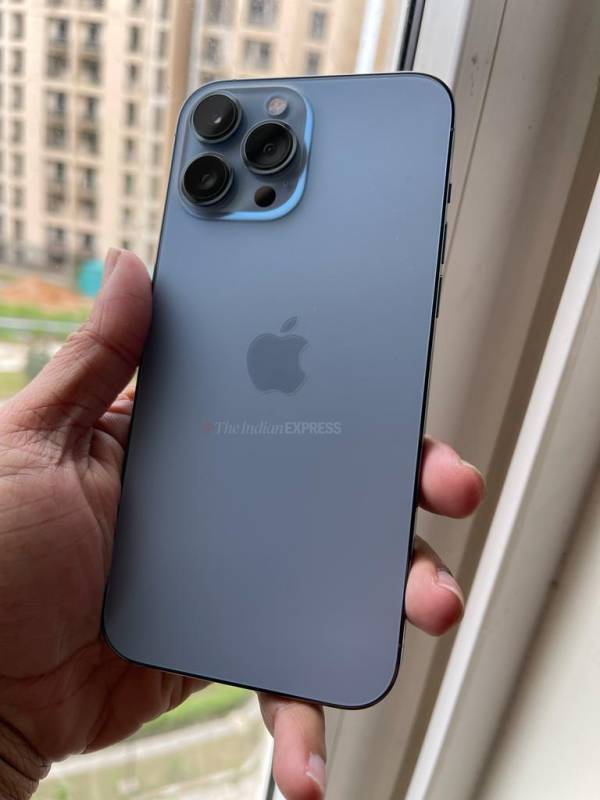
iPhone 13, iPhone 13 mini, iPhone 13 Pro and iPhone 13 Pro Max (2021)
Although the iPhone 13 and 13 mini got excellent cameras, it was the iPhone 13 Pro and 13 Pro Max that received extra attention from Apple in the photography department. On the back, both Pro models had a third, f/2.8-aperture camera that offered 3x optical zoom and 15x digital zoom, and the main wide-angle and ultrawide lenses both had wider apertures to let in more light. For pro-level photographers, the iPhone 13 Pro lineup supported ProRAW file format along with ProRes for better editing capabilities, as well as HDR video recording with Dolby Vision up to 60 fps. These features are great for high-level photography, and for those great details in photos and videos, may appreciate the iPhone 13 Pro and 13 Pro Max.
iPhone SE 3 (2022)
The third-generation iPhone SE is a no-frills smartphone for those who care about the basics. The iPhone SE has just one camera lens; a 12-megapixel shooter that’s comparable to what we saw on 2020’s iPhone SE but supports features like Smart HDR4 processing and Deep Fusion processing. The phone lacks a dedicated Night Mode, its performance in taking low-light photos falls far short. Despite its lack of another lens on the back, its low price may be a selling point for many people who are new to the Apple ecosystem.
What’s coming next?
The camera is once again going to be a big differentiator between the standard iPhone models and the Pro range. The iPhone 14 Pro is likely to have all the premium camera features that Apple offers, including a 48-megapixel sensor for the wide-angle camera, a new ultra-wide lens that could have the ability to take great astrophotography and night shots, an upgraded front-facing camera, and a revamped camera app. Once again Apple will use machine learning and AI to make every image look professionally taken.


